Considered as a “national treasure” by the National Historical Institute, this Baroque-inspired church is made up of coral and limestone. But what sets it apart from other churches is its “militaristic” theme that actually tells a story. Read more…
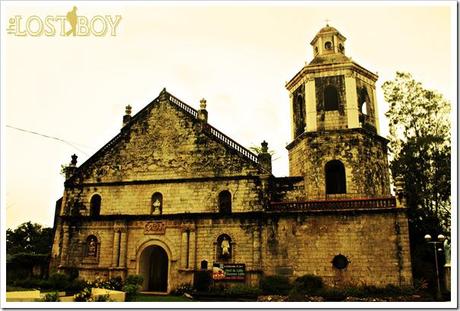
The Battle of Tetouan (Rendicion d’ Tetuan) in Morocco was fought between the Spaniards and the Moors in 1860 as part of the Spanish-Morrocan War of 1859-1860. Leopoldo O’Donnell spearheaded the assault, bringing with him some 36,000 men on an expedition from Algeciras, Spain. War broke out on December 17, 1860, signaled by General Juan Zavala dela Puente’s capture of Sierra de Bullones. The Spanish force proved to be too strong for the Moors and its leader, Mohammed IV of Morocco that on February 6, 1861, Tetouan fell to the Spaniards.
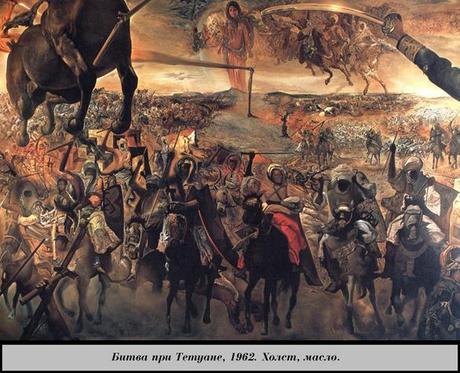
Battle of Tetouan (1962) by Salvador Dali
Meanwhile, Fray Tomas Santaren, upon hearing of this victory here in the Philippines, patriotically had the half done church commemorate the Battle of Tetouan by carving the scenes onto the façade, especially the pediment. He was aided in this huge project by a Spanish engineer named Don Felipe Diez, and also by masons, sculptors, painters and craftsmen from Spain and Mexico.
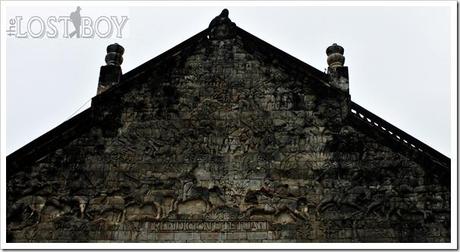
This magnificent structure, however, was erected under the harsh Spanish framework of polo y servicios (forced labor) imposed among the townspeople. It is said that those who were unable to fill the supposed quota of materials for the church were lashed, and those who committed lighter offenses had their palms slapped by a wooden paddle.
While the mandatory policy of polo y servicios usually only involved men, women and children were not excluded in this case—they were likewise ordered to gather gravel and sand from the shore in exchange of steel needles, thread, and other household items. The more affluent ones, on the other hand, paid their less fortunate counterparts to fill their quota and exempt them from hard labor.
During the Japanese occupation, the church was a refuge for the townspeople, yet on January 29, 1943, the guerilla leader of Panay, Col. Macario Peralta ordered the burning of the church and all the houses in town, presumably so the Japanese would not find use in them. The burning is evidenced by the presence of soot marks on the church’s exterior. Further, an earthquake in 1948 had caused the tower to topple down.
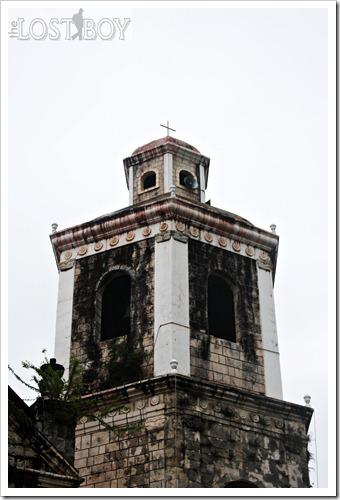
The church was declared a historical landmark in 1974, while the National Historical Institute had the church reconstructed and restored in 1982.
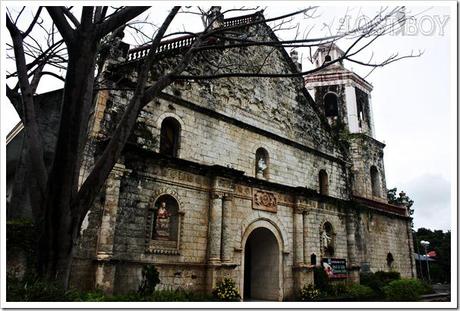
How to get there: From Iloilo City’s Molo Terminal (Google Maps), an ordinary bus going to Pandan, Antique may be taken. In San Joaquin town, alight at the corner of the highway and the road leading to the church. The church is a short walk from the highway (Google Maps). Per way, fare from Iloilo City costs no more than 70php, and the trip takes around 40 minutes.

